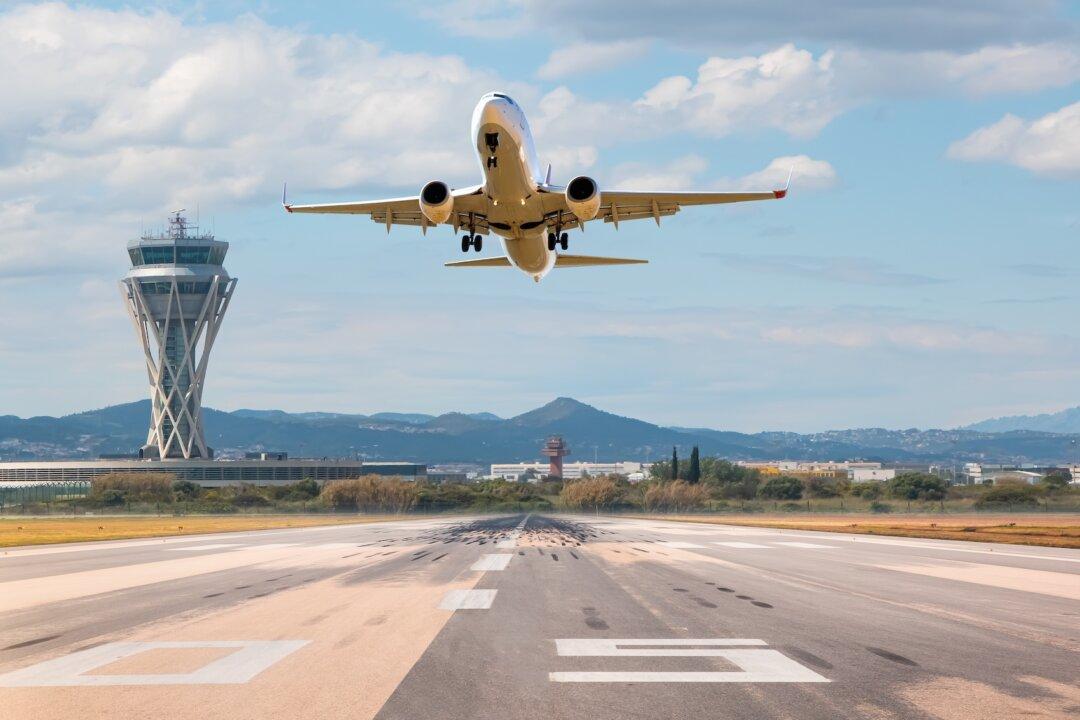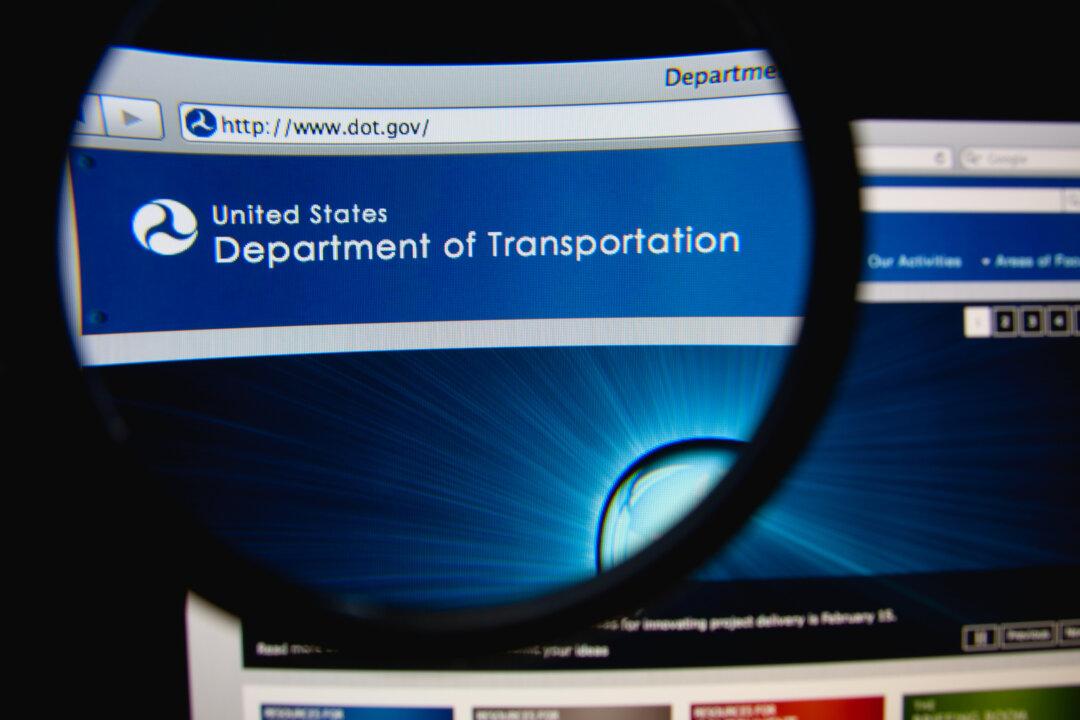Already, external events cloud the year’s outlook for summer travel big time, and the year is not even half over. My crystal ball is not hi-def, and I’m not about to make any dramatic prognostications. But a few developments appear to be extremely likely — and likely to hit your travel plans.
COVID. “COVID is over” seems to be the current mantra of most of the world. In the U.S. and most other places, “Live with it” is replacing “eliminate it” as the COVID goal:
• Mandatory mask requirements are being removed around the U.S. and around the world. But masks are still required on most commercial flights and by many private venues.
• Mandatory vaccination or proof of recovery are also easing throughout the U.S. and in much of the rest of the world.
• Currently only a handful of destinations still require arrival testing and possible quarantine.
All in all, domestic travel this summer will closely resemble pre-COVID travel, but not completely. As things stand right now, you must still be ready to don a mask or show proof of vaccination or recovery to be fully flexible and able to visit anywhere you want and enter into almost any venues you want. And regardless of our hopes, COVID is not down for the count: Don’t be surprised if another mutation or two show up and the restrictions and rules need to return.
Fuel. The international situation is exacerbating inflation of fuel prices, including jet fuel, and that almost certainly means continuous increases in airfares. Lack of demand is the only market force that might exert a downward pull, but I wouldn’t bet on a return to 2021 fuel prices any time this year.
Airlines. Other than high fuel prices, I don’t see a major impact on domestic air travel. No domestic routes come even close to infringing on contested airspace. This is equally true for travel to East Asia (Japan, Korea, Singapore, Thailand, Vietnam), South America, and the South Pacific.
European and Asian airlines are a different story. Already, they’re re-routing flights from Europe to Japan and Korea via Kazakhstan or Alaska, adding two to four hours to flight times. Some shorter intra-Europe routes are also affected.
Cold War II or World War III? Just about everybody seems to agree that, at best, the current Ukraine conflict and Russia’s cavalier attitude toward civilian lives means that we’re starting Cold War II. Travelers from the U.S. and Canada will likely want to avoid travel in Russia and a handful of satellite countries — fortunately, a much smaller handful than in Cold War I. Ukraine is likely to look like the remains of Nazi Germany after World War II. Kyiv is being reduced to rubble, so few American visitors will search in vain for a spot to get a selfie in front of the Great Gate of Kiev.
But what really gives me the heebie-jeebies is the thought that rather than back down over Ukraine, Russia will start World War III. Already, Putin’s behavior closely resembles Adolf Hitler’s in 1938, invading smaller and weaker neighbors that seek big-power involvement and gets aid but not military support. What if Putin, emboldened by Ukraine, next targets Latvia, Lithuania, or Estonia — all likely targets but all also full members of NATO? Would the U.S., Britain, France, Germany, and others honor their treaty commitment? And might China, observing the West’s ineffective response to Ukraine, decide 2022 is a good time to invade Taiwan?
I see no good answers. That means my longstanding recommendations for planning summer travel remain in force. Make plans, but be cautious:
• Buy air tickets as soon as you see a good deal. But try to find airfares that let you keep the value if you have to cancel.
• Prepay or deposit as little as possible for accommodations and other big-ticket expenses, and avoid nonrefundables as much as you can.
• Get travel insurance that covers you for COVID contingencies.
2022 will likely still have some additional nasty surprises for at least some travelers.





